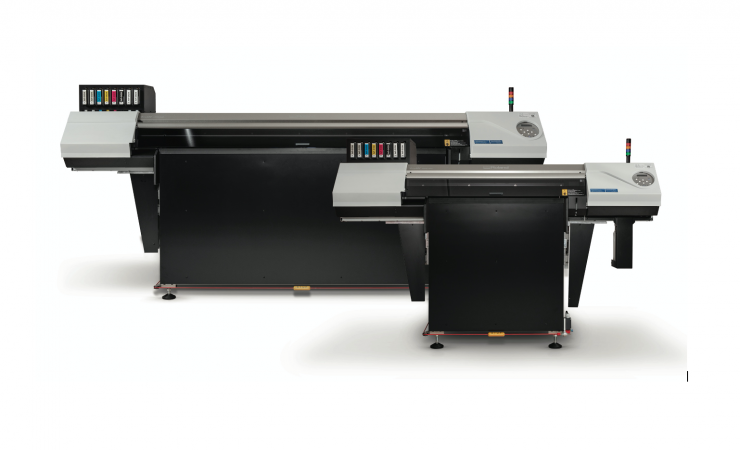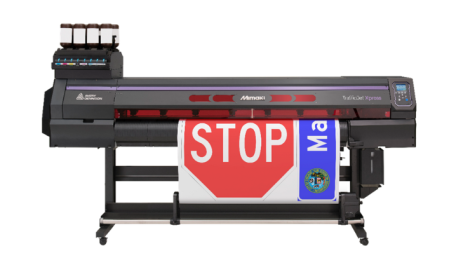A new pan-European study by Roland DG has shown that UV printing is most commonly performed on plastic, but that the breadth of materials being used is increasing.
The study, which involved 250 print shops spread across the UK, France, Germany, Italy and Spain, found that three quarters of respondents had printed onto plastic in that past. But more than this, over half had UV printed onto wood (64%), PVC (62%) and metal (54%).
These four materials were also the ‘biggest growers’ in 2020 and the most frequent used materials. In terms of growth, just under a fifth (18%) of those polled reported an increase in demand for PVC, 17% for plastic, 14% for wood and 9% for metal. When it came to frequency of use two thirds of those polled said they print onto plastic at least once a week, followed by PVC (40%), metal (26%) and wood (25%).
‘We conducted this study to understand how UV is changing the landscape and opening up a new group of materials for printing and personalisation,’ explained Stephen Davis, EMEA marketing director at Roland DG. ‘The data suggests that businesses embracing UV technology as part of their overall product offering are expecting a steady increase in commercial opportunities as a result.’
The study also revealed a perhaps surprisingly high demand for a number of other more unorthodox materials, with over a quarter (28%) of those polled printing on glass at least once a month, almost as many onto faux Leather or leatherette (24%), just under one in five onto ceramics (17%) and 15% onto slate. Some of the most unusual items that UV printers reported using included a pair of wooden maracas, an aluminium radiator and thermometers made of both glass and wax.
Even the least popular materials from the survey still demonstrated the flexibility of UV printing, with 1% of respondents using the process to print on concrete and 6% printing onto either cork or silicone.
‘UV printing is enabling businesses everywhere to leverage a diverse range of materials, including weird and wonderful items,’ Mr David concluded. ‘Making an investment in a UV printer opens up a new world of potential possibilities for your customers and opportunities for you and your team to experiment and innovate.’


